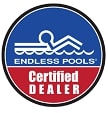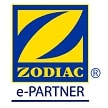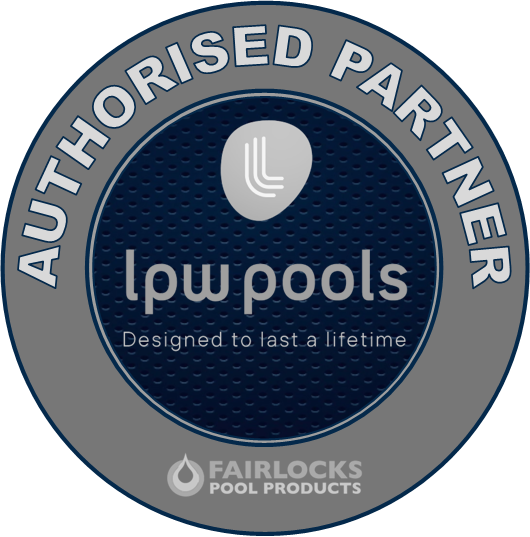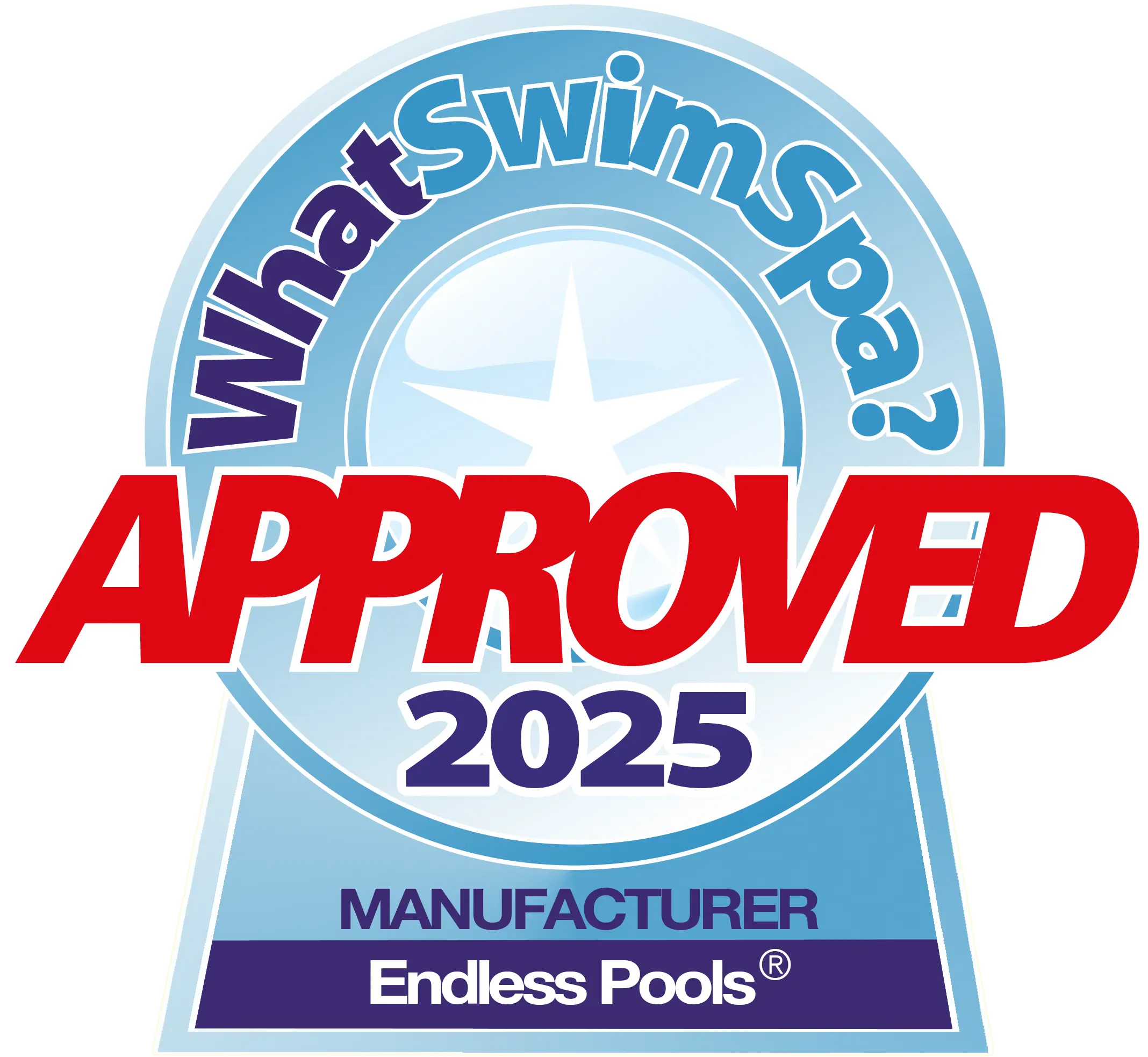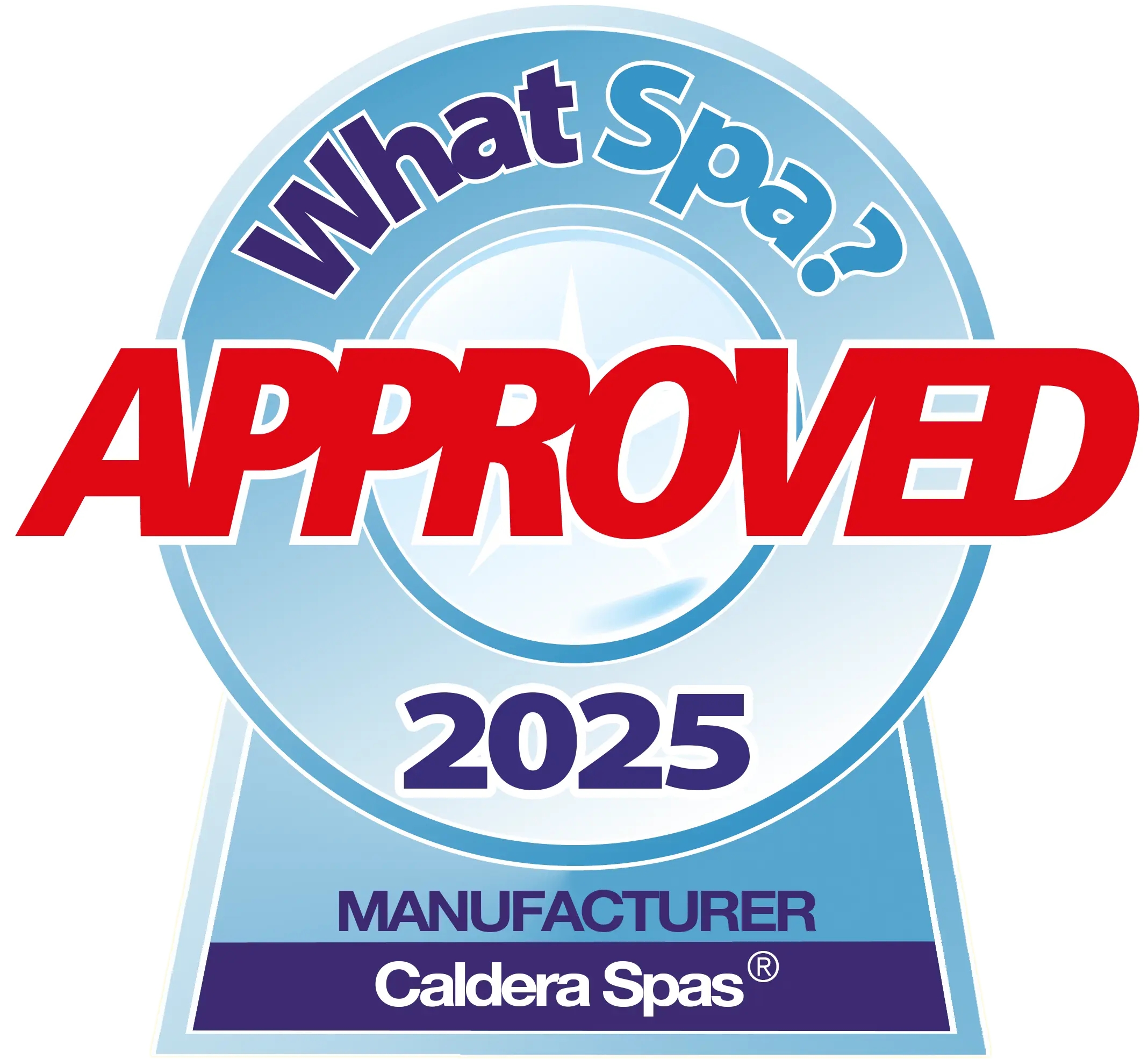Naturally, price is a key factor of consideration when buying a hot tub. Aside from the initial cost of the physical spa, the running costs once you have the hot tub are equally as important, and with the rise of energy costs we thought it worth going into some detail on how to keep your hot tub running costs to a minimum.
What are the main costs involved in running a hot tub?
The running costs will depend on factors including:
Electricit
Hot Tubs have a variety of power supply requirements, based on the number of and size of the pump/s and the heater kW size and additional features such as lighting and music systems. Bigger spas will typically require more power and the amount of time the jets are on for will also have an impact. Your electricity tariff will also factor into how much you will be paying.
When choosing your hot tub, it is advisable to consider the following:
- A reputable manufacturer – look for manufacturers with solid experience and reviews, who focus on building energy-efficient hot tubs. A good indicator is the length of and details in the warranty cover offered.
- Quality over Quantity! – The number of jets doesn’t always equal a better massage, instead look at where the massage jets are positioned and how adjustable they are. For example, if you’re using the spa alone, is it easy to turn off jets in empty seats or divert the water flow?
- The Efficiency of the Heater and Pump – look at the type of heater the spa is fitted with, as certain manufacturers use more energy-efficient heating elements which are more effective at heat transfer.
- Insulation and Heat Retention – While most spas have a standard form of urethane foam insulation, there are certain types of insulation proven to provide superior heat retention.
Heat can also escape via the base of the spa, so a reinforced and insulated base pan is beneficial to minimising heat loss. Using a well-fitting, insulated cover when the spa is not in use will also help keep the water hot and ready for use while preventing heat loss through water-surface evaporation.
Typical electricity costs for running an energy-efficient hot tub on current energy tariffs (approx. 12-13p per kWh) are around £1.00 per day, which is based on using the spa for an hour at a time and keeping the hot tub covered when not being used.
Chemicals and Maintenance
The amount of chemicals needed to maintain clear and safe spa water depends on the volume of water, how often the hot tub is used and how well maintained the filter cartridge is.
It is more difficult to restore water clarity if the water becomes cloudy, so it is certainly good practice to stay on top of regularly testing and balancing the water to avoid the need for additional products,
Some tips to help minimise the amount of chemicals needed include:
Routine and Timing
Establish a routine from the start of testing the water with test strips and familiarising yourself with
the sanitiser, pH and hardness levels. This will help you understand how often you need to adjust the water balance based on your usage.
The best time to add your water sanitiser (typically chlorine or bromine) is once everyone leaves the hot tub – the sanitiser then gets straight to work killing off bacteria and cleansing the water, as opposed to putting the cover on and sanitising the next day when bacteria will have had hours to breed.
For more on looking after a hot tub have a read through our previous article:
https://www.allswimltd.com/how-to-look-after-your-hot-tub
Keeping the spa water balanced not only reduces the need for additional products, it also protects your hot tub equipment from damage caused by acidic water or scale build up, ensuring your hot tub will last longer without replacing any parts or paying for a spa engineer to service the tub.
Depending on which chemical products you are using, you can expect the typical costs to be in the region of £250 – £350 per year.
As retailers with 50 years’ experience, All Swim are committed to supplying hot tubs from reputable manufacturers who focus strongly on building spas with high quality components backed by good warranties.
Fantasy Spas
Featuring an internal thermostat, energy efficient full foam insulation and locking thermal cover, Fantasy Spas offer low monthly operating costs and a variety of features at an affordable price point.
https://www.allswimltd.com/fantasy-spas-hot-tubs
Cove Spas
Made by Nordic Products in the USA, Cove Spas are made from thermoformed High Density Polyethylene (HDPE) in a matte finish – this is the most indestructible type shell material, so is built to last the duration of the 10 year warranty.
WeekEnd Spas
A ‘Reflective Thermal Barrier’ RTB insulation inside the cabinet and built into the spa cover, plus an insulated ABS Polymer Floor Pan ensure these hot tubs retain the heat efficiently – minimising your operating costs.
Caldera Spas
Made by leading US manufacturer Watkins Wellness, Caldera Spas conform to the strict guidelines set by the California Energy Commission.
Featuring their own unique FiberCor insulation, which is four times denser than standard insulation foam, Caldera Spas provide a superior level of heat retention.
The Paradise and Utopia Series spas are also fitted with the EnergyPro System, including a circulation pump that operates at very low wattage – 80% of the energy used to operate the pump is transferred back into the water as heat!






















































































